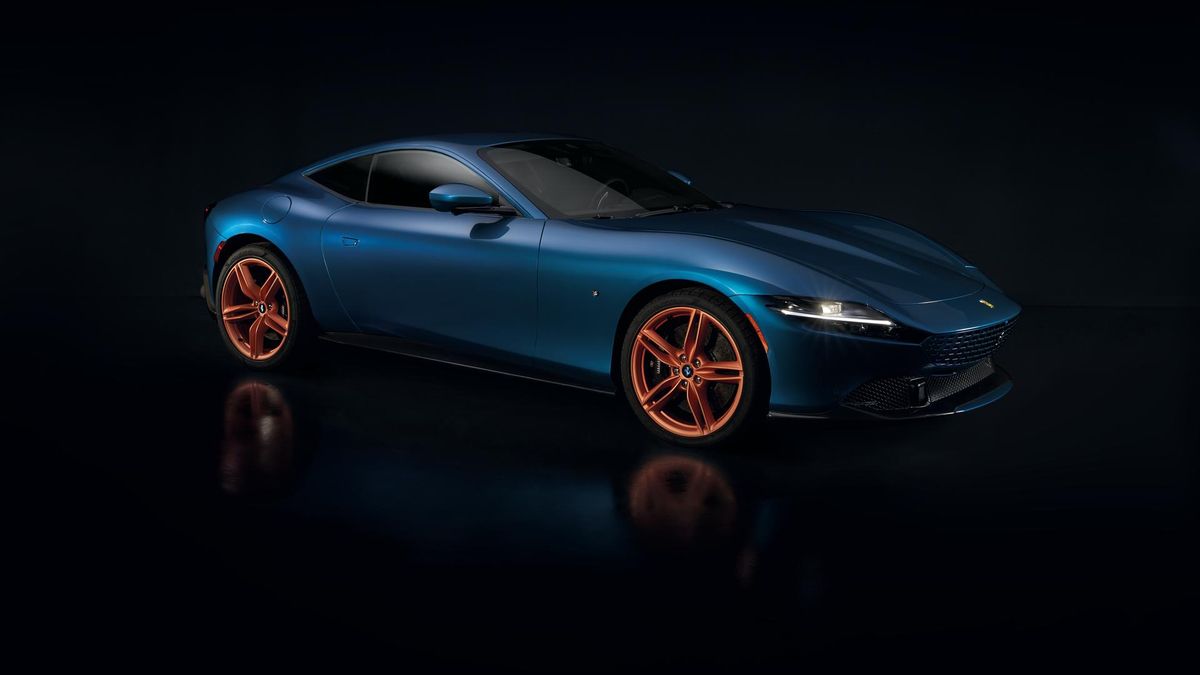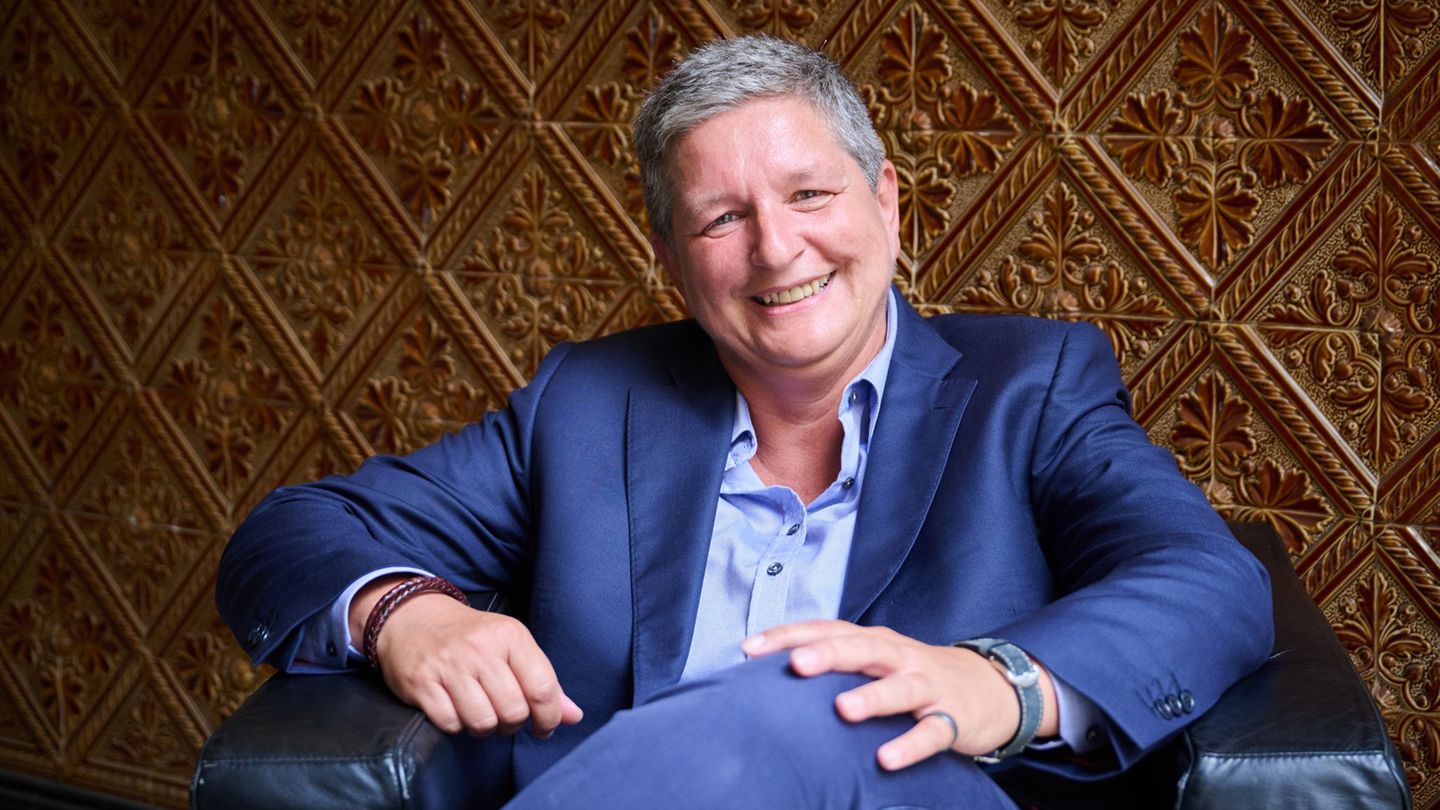Ferrari Tailor Made is an exclusive program for those who want to personalize every element of their Ferrari and create a car that truly reflects their personality and tastes. Customers participating in the Tailor Made program are assisted by a team of experts who, under the direction of a personal designer, interpret their wishes while preserving the aesthetic principles of the Ferrari brand.
The story of this particular car began when Evan Orensten and Josh Rubin, founders of COOL HUNTING, a prestigious independent North American publication dedicated to design, culture and technology, received and accepted the offer to customize a Ferrari Roma, to explore how far the Ferrari’s à la carte personalization program and truly breaking the mold.
IRI0HV_14-1920x0_FUK7G2.jpeg
They met Flavio Manzoni, Head of Design at Ferrari, at the Ferrari Tailor Made showroom in New York, just as they had just returned from several research trips to Japan, where they had taken a deep dive into the traditional arts and craft methods of the country. As a result of this experience, they proposed incorporating some of those unique ideas and materials into the Tailor Made project, as COOL HUNTING understood it.
Flavio Manzoni and his team found inspiring connections between Italian and Japanese culture and design philosophy. Among them, a firm devotion to quality, emotional involvement with the customer and exquisite craftsmanship passed down from generation to generation.
IYHZEH_8-1920x0_JH3XGY.jpeg
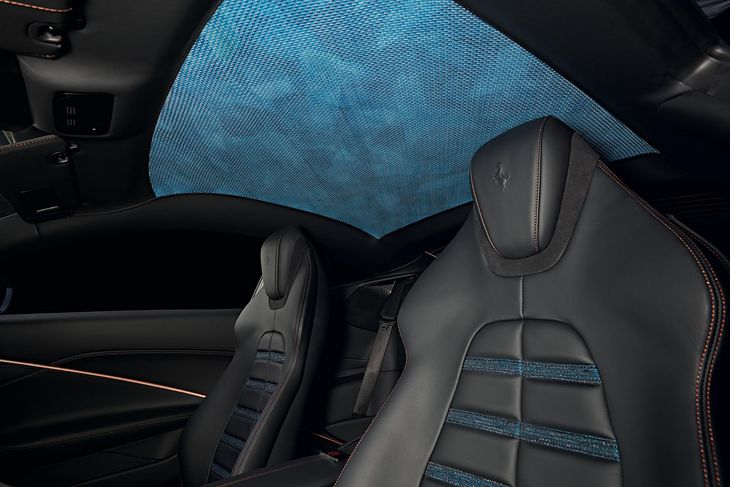
An idea began to take shape. To create a Ferrari that integrates some of the unique materials developed using traditional Japanese techniques, while applying the innovative power inherent in all Ferraris to modify and adapt them to the durability and functionality requirements of a modern high-performance car .
The Roma’s color scheme was inspired by traditional Japanese indigo tints, especially the vivid blue of the exterior paint, created specifically for this unit and called Indigo Metal. This expressive color perfectly highlights the purity of the Roma’s forms, where light seems to slide through the bodywork, accentuating its lines through reflections and shadows.
8J7PTU_4-1920x0_T5MT8K.jpeg
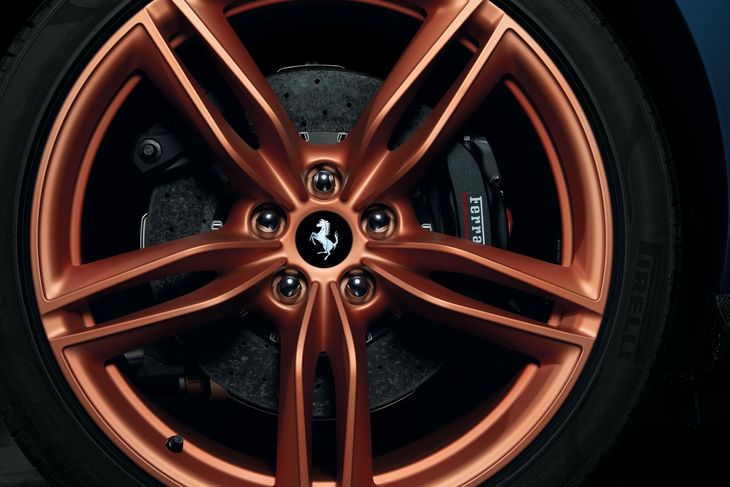
Indigo features prominently in Japanese design culture, being a traditional dye that occurs naturally. COOL HUNTING had visited Toyama, one of only five remaining indigo plantations in Tokushima, the traditional indigo growing area in Japan. There they learned that the dye comes from a green plant that, once harvested and fermented, is transformed into sukumo, the traditional Japanese dried indigo that is mixed with lye, sake and limestone to create the authentic Hon-Ai indigo dye. Due to its antimicrobial properties, it used to be used for bedding, household linen and clothing.
The same color palette brings together the exterior and interior of the vehicle in a subtle holistic statement. Indigo is also found in fabrics sakiori of the finish on seats and mats.
The sakiori it is one of the oldest examples of recycling in the world. It dates back to the 18th century, when cotton and silk were only accessible to the nobility and the great fortunes of Japan. Damaged kimonos were taken apart, the fabric was cut into strips and remade with new threads to create a warm, comfortable and durable fabric. The word comes from Japanese saku (tear) and oru (weave).
PJONVG_10-1920x0_IAPFWP.jpeg
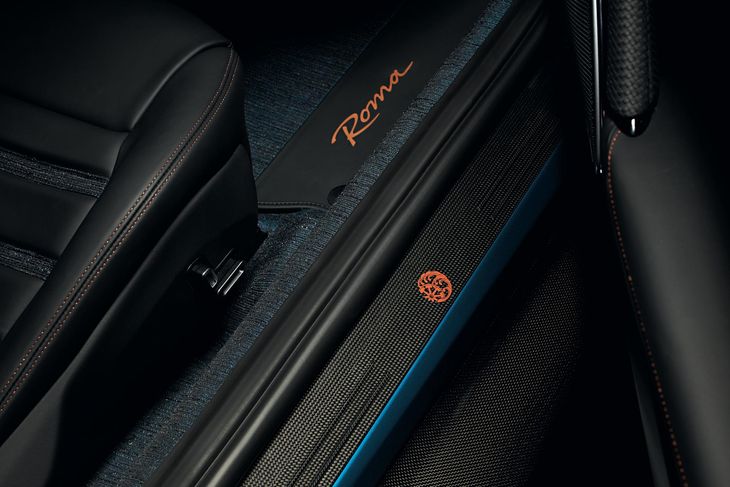
By identifying the sakiori an innovative solution was discovered as viable material. Two kimonos were used vintage originally manufactured in Amami Oshima, an island in the southern archipelago of Japan. One the approximately 75-year-old indigo-dyed kimonos and another about 45-year-old dyed both indigo and the famous Amami Oshima Tsumugi mud-based dye. Instead of intertwining the threads of the kimono with cotton or silk as tradition dictates, they are braided with high-strength nylon to ensure the durability required for this material applied to the interior of the vehicle. This new fabric was created in the same place as the original materials from Hajime Shoji.
The indigo theme has been carried over to the cabin ceiling, a beautiful and detailed piece of craftsmanship that can only be enjoyed by those who sit inside. It is made up of two indigo-dyed skins from Asai Roketsu, from Kyoto. One with an exclusive flat color designed to match the chromatic composition of the car, and the other hand-painted using the rockettsu, dating back to the 8th century. It is a wax staining method that forms intricate repeating patterns with a single color and was used to decorate the silk or cotton of kimonos and obis. The skins were then shipped to Italy, where Italian artisans cut them into ribbons and wove them by hand in a process called intrection to form an elegant and unique artistic work.
The door handles inside the Roma are also inspired by Japan. They are tightly wrapped in hand-woven black leather bands in homage to the tsukamithe ancient art of wrapping katana hilts.
The COOL HUNTING team was also inspired by a visit to Kaikado, a Kyoto-based family business known for its iconic copper tea cans. Now made by the fifth and sixth generation of the family, the cans are so skilfully crafted that the lid is vacuum-sealed as it is gently lowered onto the body. With use, copper also takes on an inimitable natural patina. Based on these memorabilia, the Roma’s gearshift and levers are wrapped around copper-plated details made in Japan. Likewise, the profile of the double passenger compartment, the rims and the kamon.
The car’s unique dedication plaque crest on the center armrest and door sills is a kamon made to measure, a symbol that passed from generation to generation in Japanese culture. Designed by Kyogen, it represents a wheel from an oxcart (popular transportation among aristocrats during the Heian period, 794-1185) combined with the eight pistons of the Roma’s V8 engine to form the spokes. The numerical theme continues in the eight wave crests that surround the wheel, symbols of good luck, power and resistance.
Subtle yet richly detailed, this Ferrari Roma harmoniously blends Italian and Japanese design culture. It is a beautiful example of the unlimited wealth of combinations and possibilities available that the Ferrari Tailor Made program offers.
The Ferrari Roma possesses elegant proportions and timeless design coupled with unrivaled performance and ease of handling. It is not only an icon of Italian design, but also represents the pinnacle of performance in its category thanks to its 620 hp supercharged V8 engine, belonging to the family of engines that won the “International Engine of the Year” for four years. consecutive years.
Tailor Made’s specially designed Ferrari Roma by COOL HUNTING will remain in the Ferrari Tailor Made showroom during New York Design Week (NYC x Design) to commemorate the space in which this project began, an incredibly dynamic collaboration that brings together cultural and diverse creatives from different parts of the world in a unique and special way.
Source: Ambito
David William is a talented author who has made a name for himself in the world of writing. He is a professional author who writes on a wide range of topics, from general interest to opinion news. David is currently working as a writer at 24 hours worlds where he brings his unique perspective and in-depth research to his articles, making them both informative and engaging.

